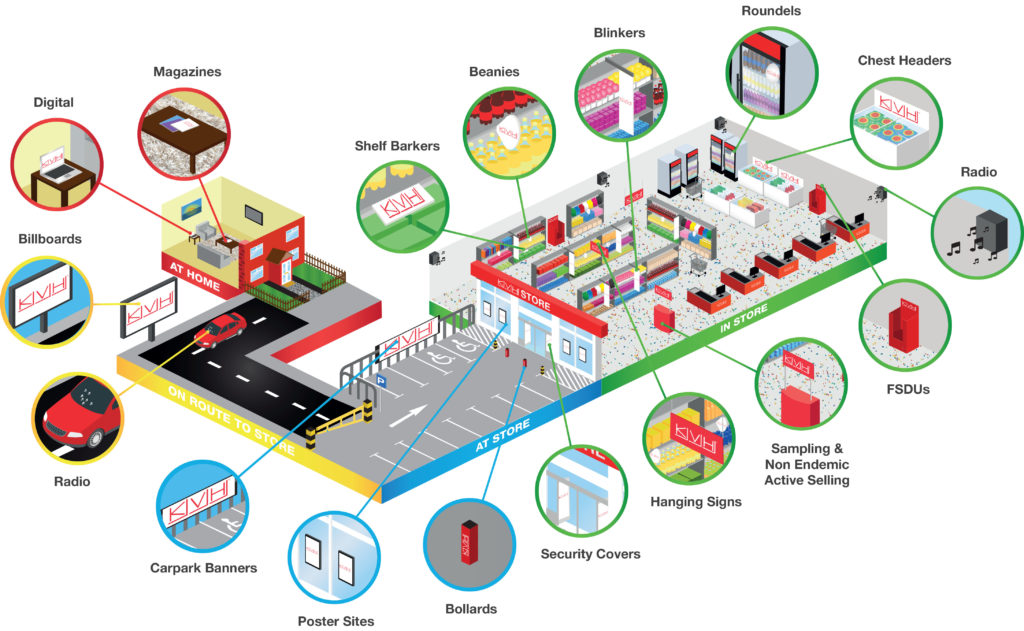By Senior Vice President of Market Insights at Mastercard, Sarah Quinlan
Over the last 15 years, technology has reshaped the face of global retail. With billions of people spending more time online each day, the way we buy things has evolved.
Hundreds of billions of dollars of spending have shifted from physical shops to the web and mobile devices.
Africa, like most of the world, is seeing rapid growth in digital commerce, albeit off a lower base than Europe, North America or parts of Asia-Pacific.
The McKinsey Global Institute projects that e-commerce will be worth $75 billion in Africa’s leading economies by 2025.
Despite the hype and concern that e-commerce might spell the death of brick and mortar retail, online purchases still account for less than 10 percent of global retail sales; indeed, in many parts of Africa, the number is less than one percent.
There are many explanations for the low penetration of e-commerce in the region – underdeveloped logistics, a lack of formal addresses in many African countries, low card penetration, security fears, and poor or expensive broadband connectivity.
Yet the growth trend is clear, and retailers should be considering how they can take advantage of e-commerce as part of their strategic channel mix.
It’s not about offering a binary choice between physical stores and digital channels, but about understanding the role of each in the customer journey.
With 82 percent of smartphone users saying they consult their phones on purchases they’re about to make in-store, retailers need to be aware of the increasingly blurring lines between online and physical retail channels.
How retailers deploy their physical and digital assets is going to be a major factor in their success. Where retailers choose to open a store, how many stores they open, and the robustness of their online presence and platforms are strategic decisions that affect success.
For example, we’re seeing a proliferation of stores and malls in parts of Africa all targeting the same market, but struggling to attract foot traffic.
The answer lies in shopping malls reinventing themselves as centres for leisure by offering activities, experiences or special events to attract shoppers.
The question remains then whether or not retailers should continue to invest in expanding their physical presence at the current rate or should they make larger investments in their digital assets?
We are also seeing significant shifts in consumer behaviour around the world as millennials come of age and as the appetite for conspicuous consumption starts to falter.
Physical retailers are not only challenged by competitors that are originating on the web; they are also up against a significant social trend.
Globally, consumers have started to spend more of their money on experiential purchases, such as travelling to exotic destinations, attending music concerts and sports events, or indulging in new food experiences – and less on the consumption of hard goods – a trend we are also observing in many markets in Africa.
This raises all sorts of interesting questions around how retailers can offer experiences that draw people in, as well as which products and experiences are the best match for physical retail and which are right for e-commerce.
Online shopping in the region is primarily the purchasing of commodity goods, especially electronics. How then do retailers deliver experiences and services in store that entice and retain customers?
Retailers looking to adapt and win in this new landscape must use data-informed insights to better understand the needs of an increasingly dynamic and evolving consumer base. They need to be able to accurately identify and define what is most important to particular consumers.
To entice more shoppers, retailers need to recalibrate their positioning by replacing high-end stores with mass-market department stores that offer low- and mid-range products to their target audiences.
Doing so, they will soon recognise the need for greater value for money in a modern shopping environment.
Using this data-driven insight, they should respond by creating tailored offerings that provide each consumer with the value they seek.
This has to be a continuous process shaped through testing and refinement based on consumer and market feedback. Now, more than ever before, retailers need to adopt business strategies that are informed by quality data.

